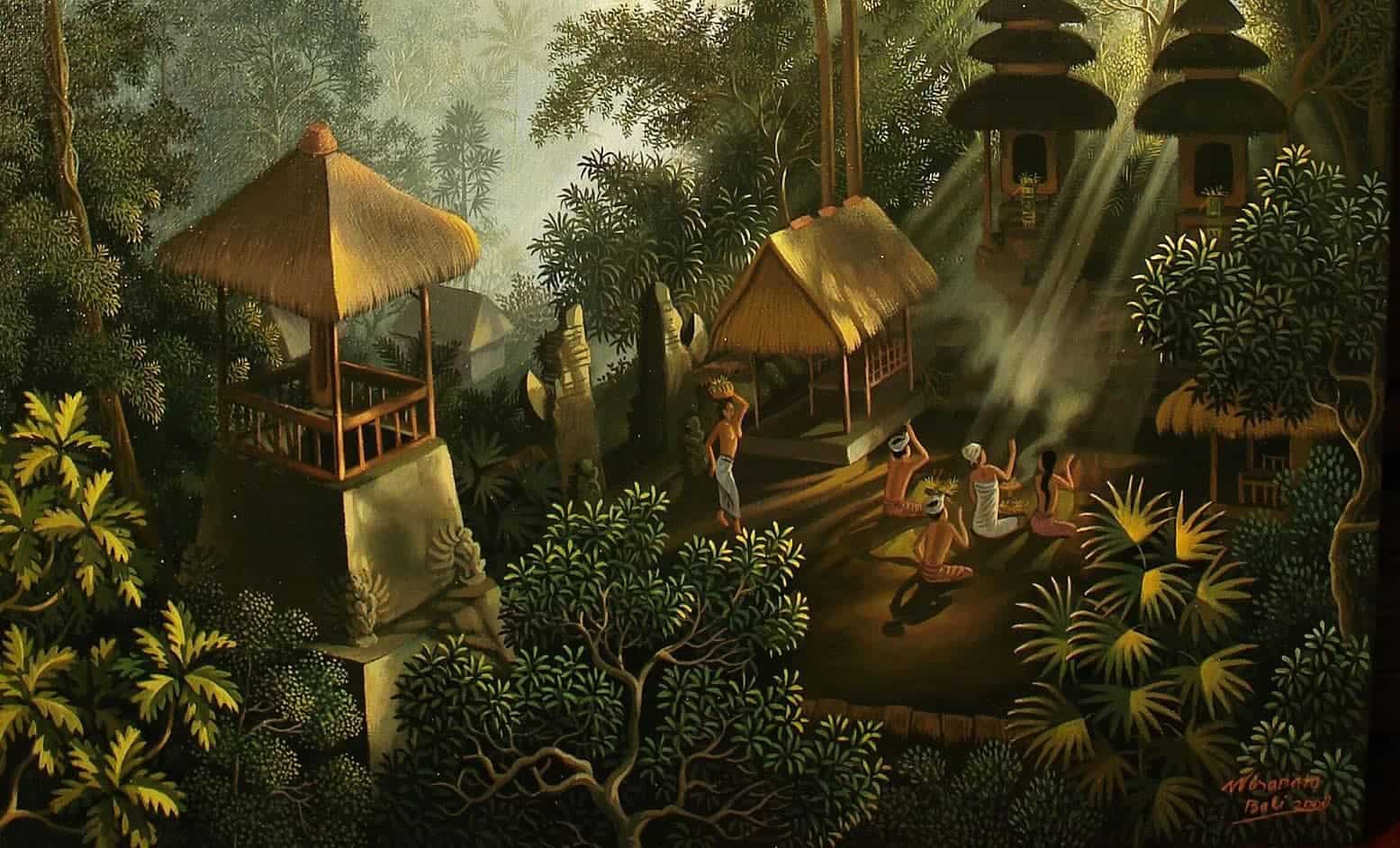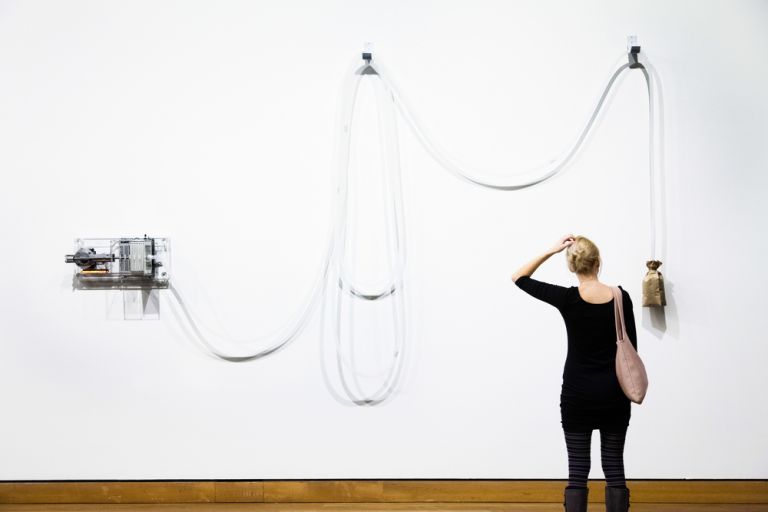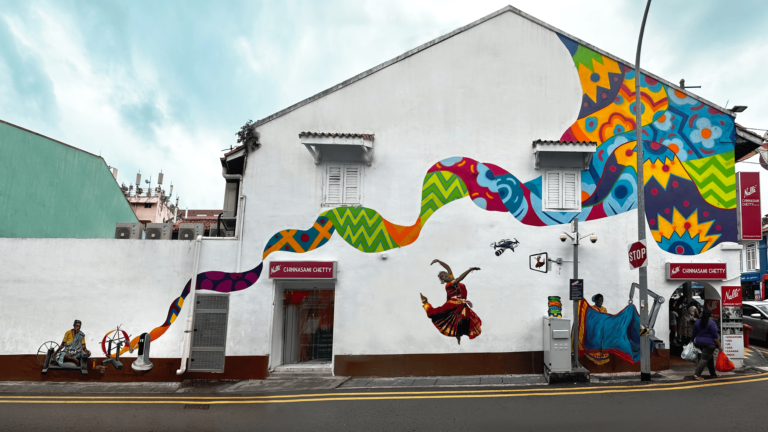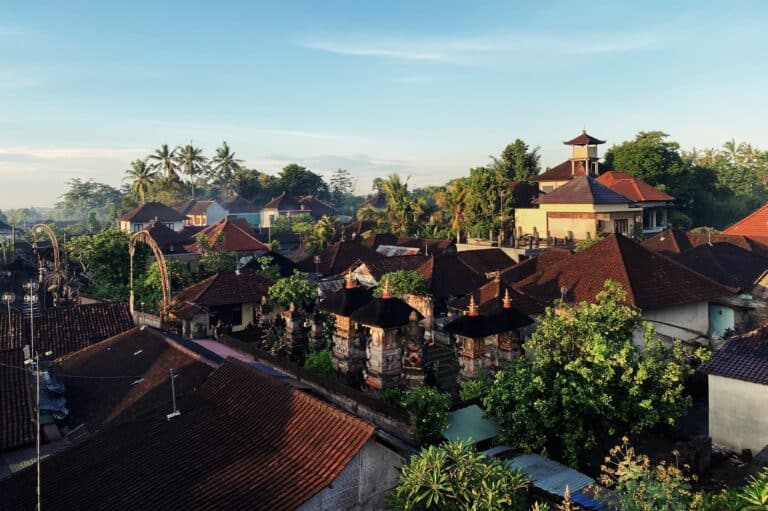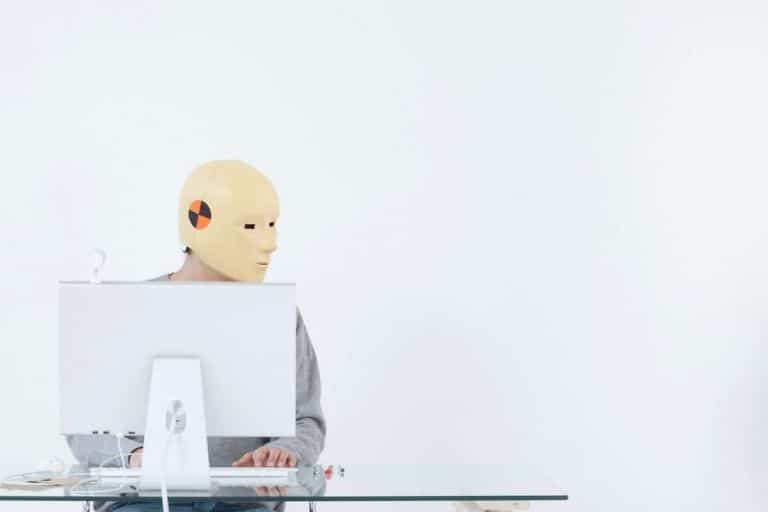When visa-on-arrival arrangements into Bali were suspended on 20 March at Denpasar Airport, it confirmed how seriously the Indonesian authorities considered the threat of COVID-19 was to the health and safety of the island’s inhabitants. After weeks of speculation, these severe measures were adopted and they have essentially destroyed the tourism economy, impacting around 4 million Balinese, Indonesians and expatriates. In the same way that other governments have been slow to respond to COVID-19, the Balinese authorities too have received criticism for their perceived complacency.
The coronavirus news was and is confronting. It is meant to be. We live in the age of digital media, and the Internet has, for some, become an extension of their nervous systems. We relentlessly consume Google, Facebook and YouTube as primary information sources, but at the same time, the information disseminated by these giants of ‘surveillance capitalism’ require close scrutiny.
Living here in paradise, exposed to news of this global assault, I experienced the fear of the collective along with my own personal fears. Deep inside, however, dwelled another feeling — that of peace and stability. I followed the rules set out by the local administration, and subjected myself to self-isolation in order to, as so many world leaders have said, “save lives”. I read an array of reports and articles, and watched many YouTube videos and documentaries on the complex topic.
And I pondered.
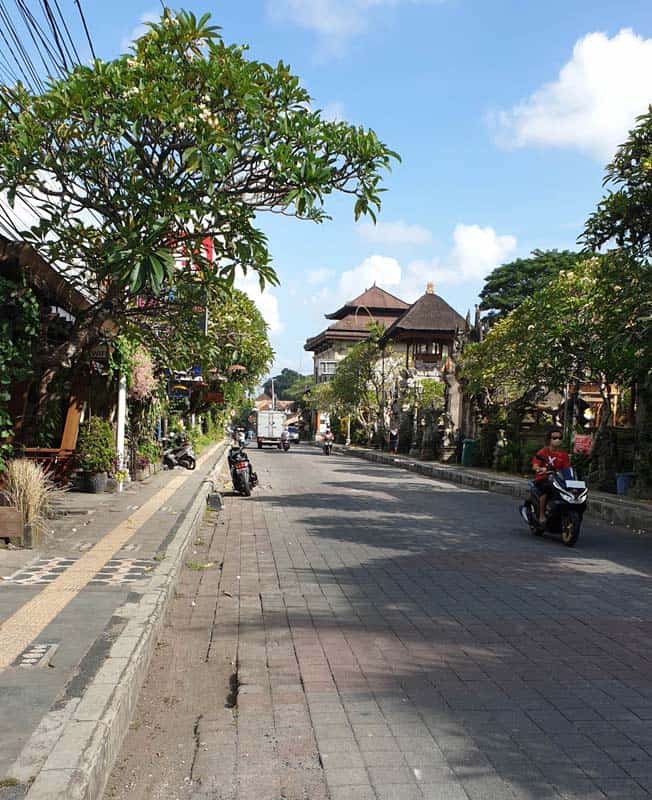
The global economy was plummeting; people worldwide were dying or losing their jobs, and some were fighting in the aisles of the supermarkets. Yes, some of the videos I saw and reports I that I read were fanciful. Others, however, resonated deeply with my intuition.
After weeks of hibernation, I made the decision to venture out to see the world, beyond going to the shops for food. I first checked with my landlord, and the word from the authorities was a non-prescriptive “lebih bagus kalo…”, (i.e. best if you…), for example, stay at home. But there were no orders to do so. The Balinese, of course, had to go to their markets, temples and agricultural fields in order to care for their families. At the point of writing this piece, schools here had been closed for more than a month.
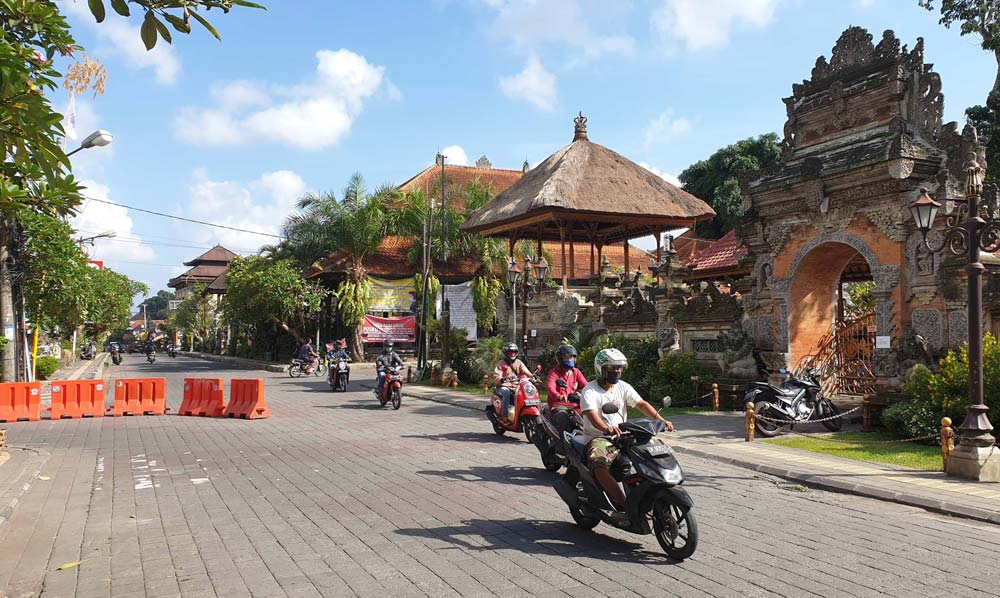
I travelled on my motorbike to the mountains and the sea and I was lucky to be able to enjoy the ocean at Sanur before the beaches were totally closed to the public on 3 May. At Kuta and Seminyak, the beaches have been off-limits for all of April, and there have been reports of arrests of disobedient foreigners. I made sure when in public places to wear a mask and to respect social distancing. Many Balinese, however, were not ‘locked down’, and were neither wearing masks nor practicing social distancing.
I also decided to start visiting a few friends to learn of their take on this extreme human experience because my inner voice told me it was essential to connect and socialise with some of the people I care about.
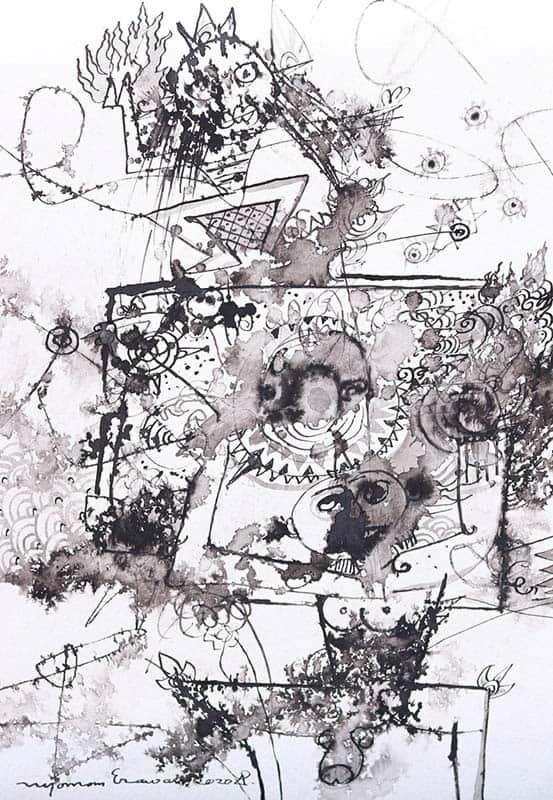
Interestingly, social media has been abuzz with the ‘lockdown’ output of the Balinese, Indonesian and local expatriate artists. It appeared as if the Balinese were enjoying this ‘isolation’, even though the tourist market had disappeared. While smartphone savvy artists have been selling their work through Instagram, they, however, remain in the minority. In my view, not many Balinese have actually been making art of note. Made Aji Aswino, who would have otherwise been found at the AB•BC Building in Nusa Dua organising the next ‘Bali Masters’ exhibition, has been busy at home and made breakthroughs with his ‘ego’ sketches, while senior icon Nyoman Erawan posted a superb digital artwork, a rare experiment made on his computer with photos of previous works.
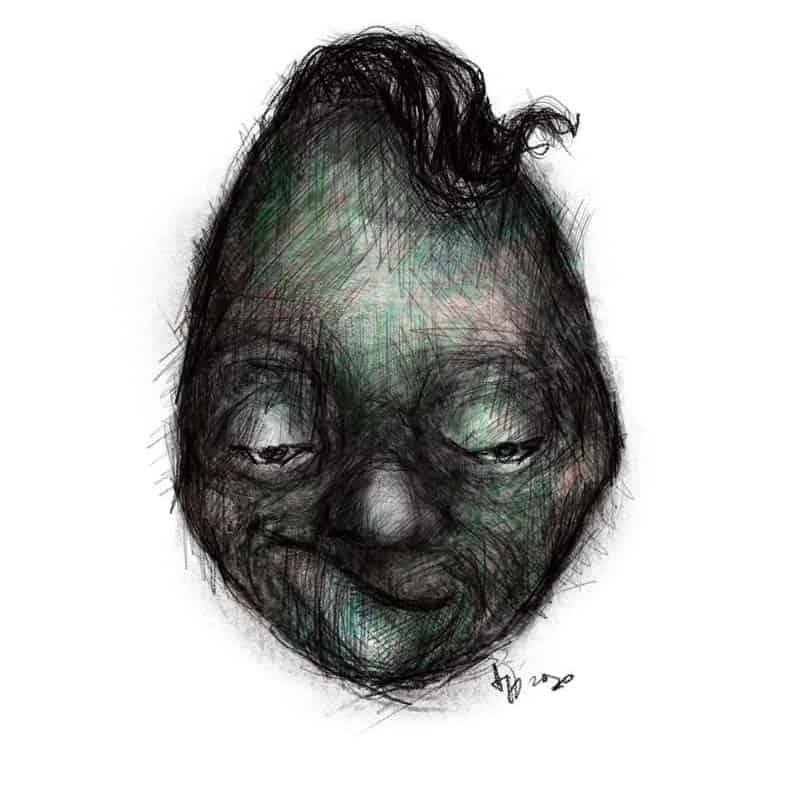
While the many clichéd works of masked faces or spiky green viruses were to me unimpressive, a painting by Wayan Bawa Antara of a masked Balinese high priest in seemingly passive confrontation with a devilish red virus, did catch my eye.
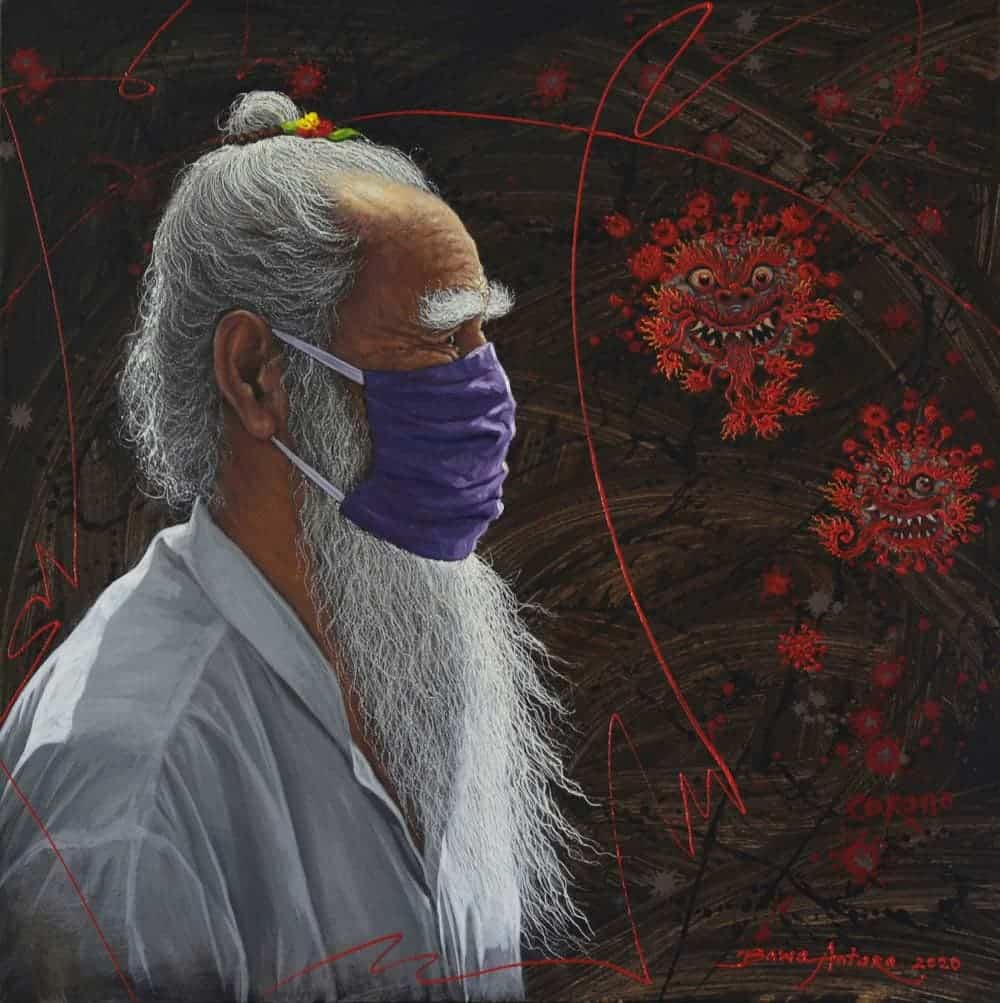
Enter the Internet
Gusti Agung Wiranata, the Ubud School traditional painter of stunning landscapes, (the style pioneered by the famous German Ubud expat Walter Spies (1895-1942)), started a Facebook ‘Gallery Art Home’ initiative posting three works a day for five consecutive days from 28 April.
“Don’t let the corona shock get the best of you, enjoy the art at home,” his post read, and continued, “On the last day of the event, we’ll be handing over the baton to 1-5 other artists to take on the challenge!”
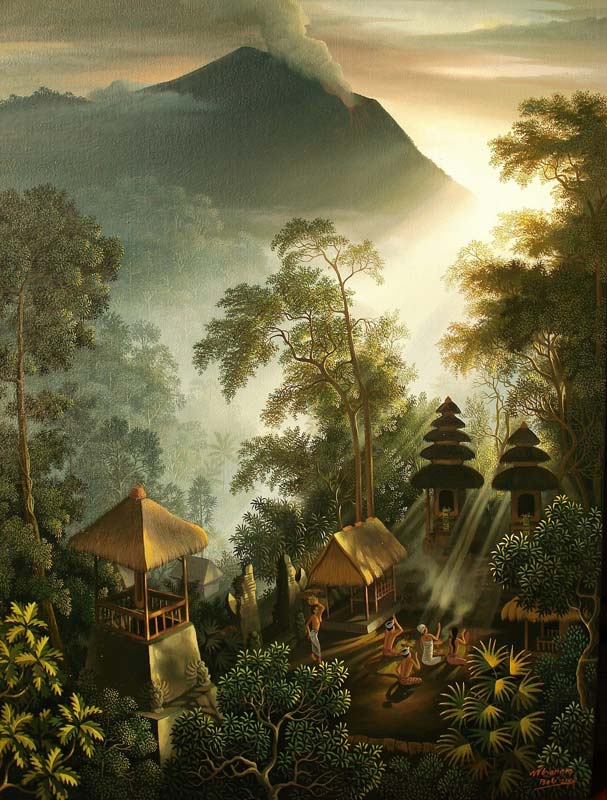
I learnt the ARMA museum in Ubud was open. I visited and was delighted to find the charismatic founder Agung Rai watering the garden as usual, with a pair of secateurs in his hand. Balinese artist Wayan Donal and Japanese artist-in-residence Kamon Komatsu were, meanwhile, working on beautiful compositions. I was curious to hear of Pak Agung’s opinion of the catastrophe which had reduced tourism numbers to zero, and of course, his view on its ensuing impact upon Balinese art.
“The Balinese are resilient. We have endured many ups and downs. The art and the artists themselves, nevertheless continue. Art is life to the Balinese, and their creative practices are cohesive and in harmony with nature. In Bali, there is an endless source of inspiration,” Pak Agung said. He continued, “It’s circumstances like these when the most innovative artists make real breakthroughs.”
A few expat artists informed me that they are still receiving paid commissions. Neal Adams, the well-known Ubud-based English painter of bamboo, shimmering landscapes and trees said, “During this period of uncertainty, it is not easy to be positive or focused. I have, however, found that continuing with my work regardless, has paid off. I have received some new sales over the internet from clients stating that even though times are hard, they can still bless (us) with respect and support.”
Adams further noted, that while he has not personally had to drop his rates, “it’s important now for artists to be realistic with their prices.”
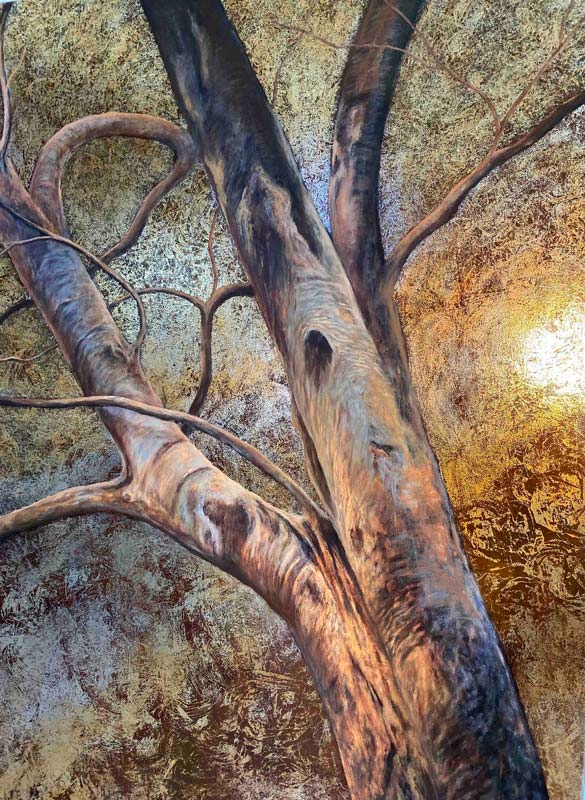
“Of course, COVID-19 has impacted my activity and career,” said leading Balinese female artist Ni Nyoman Sani. My exhibitions have been rescheduled, and the opening dates are unknown. My focus has been on how to create while having more time at home, connecting deeply with my inner self. I have returned to painting still life compositions of fruit upon dark backgrounds. This time and space have forced me to concentrate and to be more patient.”
“The works are symbolic,” Sani explained, “the dark background represents this current gloomy period. To survive, we must stay at home, be patient, consume healthy foods, and pray.”
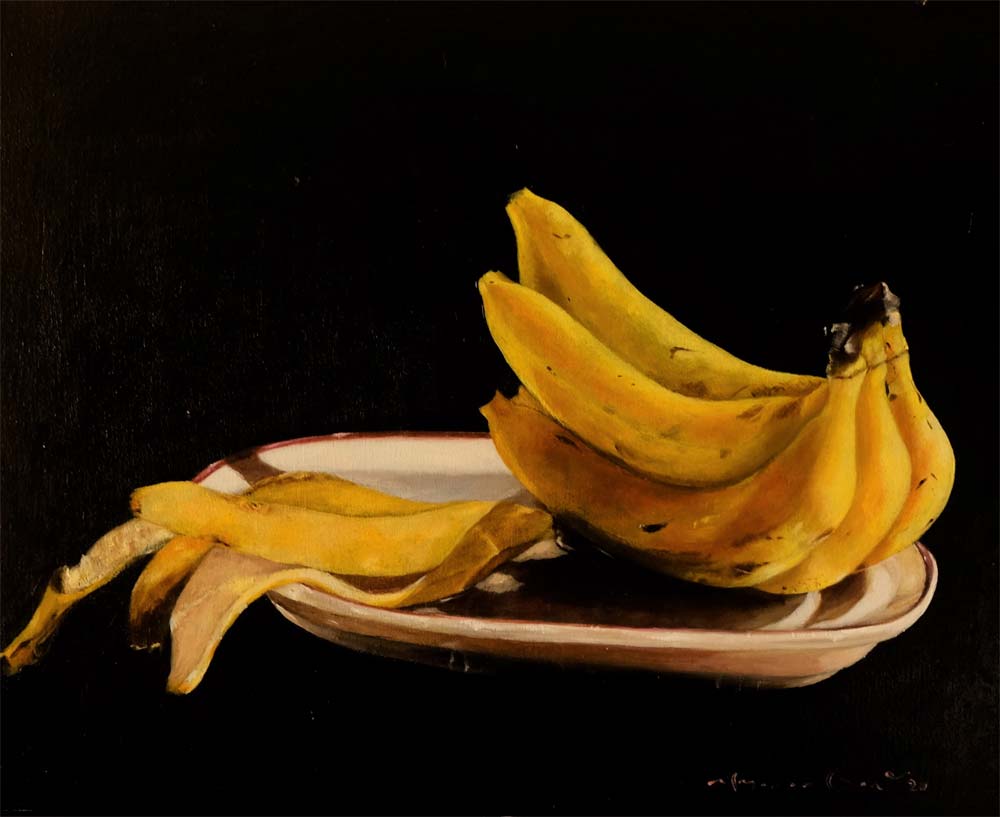
The pandemic has stalled and halted art exhibitions and programmes throughout Bali. How will the Bali art infrastructure endure this crisis, continue to grow and make a positive impact? All of its fine art galleries and art spaces are closed, and some are open by appointment only. All museums are closed, except for ARMA. It is clear that an online presence will play an essential role in keeping their artists and brands in the public’s eye.
Rio Riawan, the curator of TiTian Art Space, Ubud and the head of research and development of Yayasan TiTian Bali, has spearheaded two new online programs, a children’s newsletter and an art exhibition.
“In the newsletters we feature world-class artists such as Pablo Picasso and Balinese modernist, I Gusti Nyoman Lempad, (in order) to inspire children’s creativity while being at home,” Rio said.
He continues, “TiTian’s first solo online exhibition Ida Bagus Punia Atmaja: A COVID-19 Solidarity Exhibition is a new format for the gallery, and is designed as a fundraiser to help reduce the impact of COVID-19. Half of the proceeds from sale will be donated to the marginalised people of Bali.”
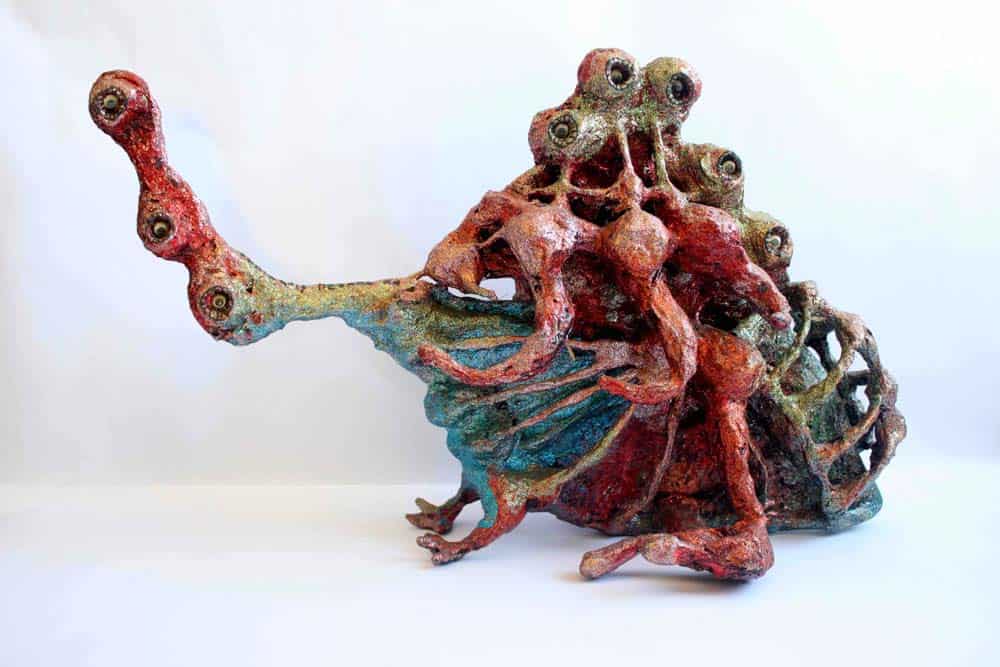
Keep on Keeping on?
Over at the Tony Raka Art Gallery in Ubud, an artist-in-residency programme has been underway since January 2020, with leading Indonesian female contemporary artist Arahmaiani. In spite of the ‘lockdown’ her residency has continued.
“The gallery will provide the space for various post-pandemic community activities, presentations, discussions, workshops, exhibitions and performances, for BERSAMA, Arahmaiani’s interdisciplinary art project,” said Tony Raka.
“Involving Balinese contemporary and traditional artists (as well as) local environmental and socio-cultural activists interacting with the public, BERSAMA, which has evolved over two years, seeks to discover alternative and creative solutions especially (with regard) to the environmental problems we are facing,” he explained.
Melvine Amar, French curator and founder of Nyaman Gallery, a vibrant creative space in Seminyak had this view to offer:
“We’re lucky to have clients who have previously visited our gallery, liked something and have purchased artworks online after the shutdown took place… it’s a shame to see the gallery without people enjoying our artists’ beautiful works. Art needs to be experienced in person, but we understand we have to protect our community.”
The hardest part is not being able to support our artists as much as before, but our team are positive, working hard, and constantly coming up with new ways to enhance our website and social media presence.”
Bali street art maverick and owner of ALLCAPS store and gallery in Canggu Julien Thorax reports that the Bali street art community managed to celebrate via Instagram, an event for Earth Day 2020 on 22 April.
“The global ‘Paint at Home’ mural festival featured 800 artists from 60 countries and received enormous international attention helping raise awareness of the importance of Earth Day 2020. Our contribution to the happening, curated by SeawAlls, featured eight local artists painting murals themed around the day, on walls at ALLCAPS.”
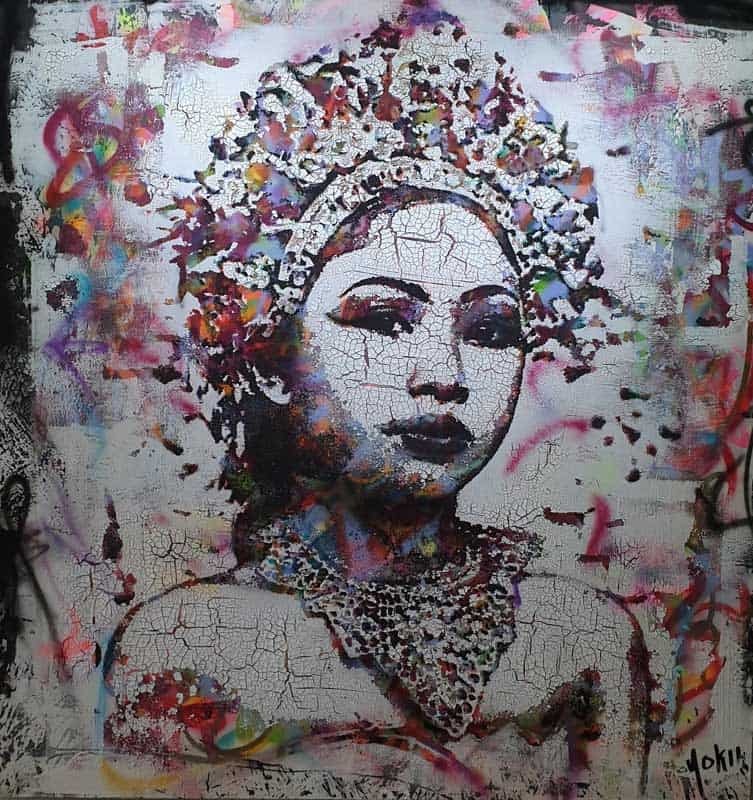
Visiting the once-pulsating tourist mecca of Ubud is now a surreal experience, with the majority of shops, restaurants, bars and hotels being closed. The streets are quiet, and at night the hub is a ghost town. There is, however, a large expatriate community in the area keeping some businesses open, and perhaps more importantly, providing work for the Balinese. Many public campaigns have begun on the island to raise money to provide assistance to the needy.
The authorities are endeavouring to enforce the mandatory wearing of face masks to help prevent the spread of the virus, while the international media, along with many pundits, speculate about herd immunity on Bali. Why has the Island of the Gods had so few reports of people being affected by COVID-19? Perhaps it is because of the local and global impact of Balinese prayers and ceremonies?
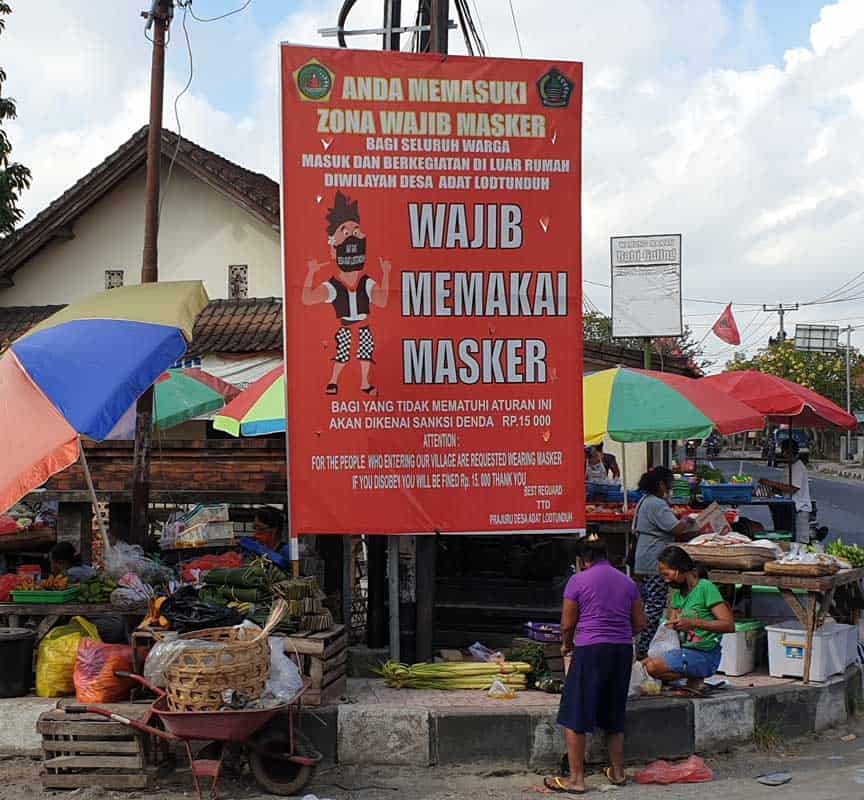
We might not know the answers to these questions but one clear message emerges from the Bali art community, and that is to remain positive during this extraordinary period, to be creative and to continue to dream big dreams. We need to believe in a brighter outcome than what many politicians wish to preach, and be prepared to do what we can to help our fellow man.
